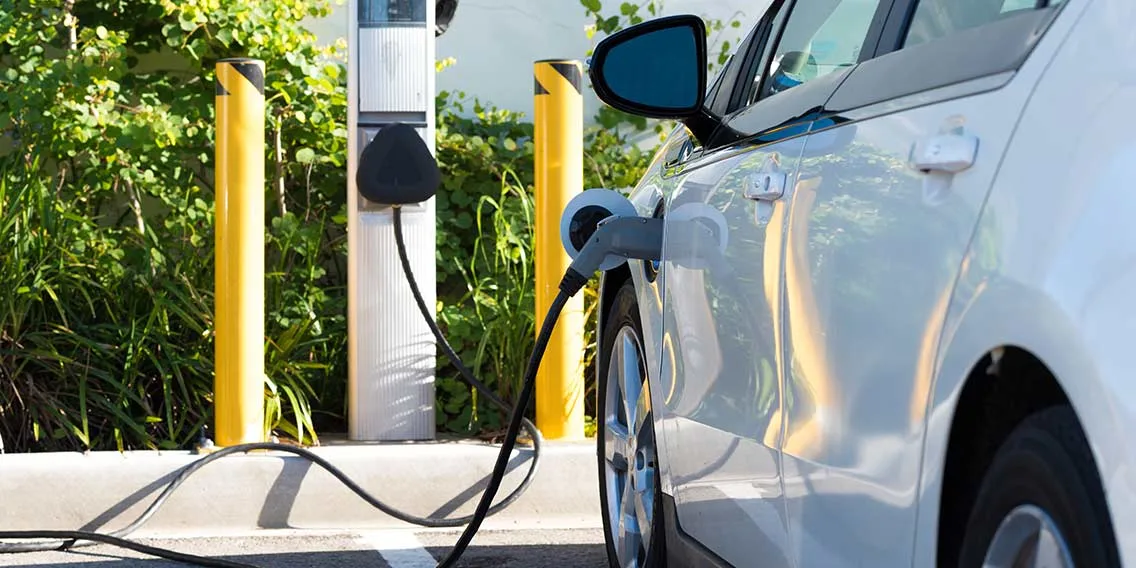AUTO
How Much Should I Spend on a Car
What You’ll Learn:How to decide on a car-buying budget.
EXPECTED READ TIME:5 MINUTES
So, you want to get a new car. You’re ready to take the plunge. Only question is, how much of your hard-earned money should you put toward your new vehicle? Figuring out how much to spend on a car can be difficult because everyone has a different opinion. Ultimately, the answer depends on a few factors.
First, we’re going to help you determine what you can afford. Then we'll take you on a quick tour of the five most common spending rules out there. You’ll be on your way to a sustainable car payment in no time.
How Much Car Can I Afford?
Before you decide how much to spend on a car, you need to figure out how much you can even afford. This includes setting a budget and using online tools to help you estimate your monthly payments.
Set a Car Buying Budget
When setting your budget for a new or used car, think outside the sticker price and factor in all other costs, including those for insurance, regular maintenance, one-off repairs, gas, and financing. There are even hidden fees to consider (we'll get to this later).
Also be prepared for a dealer to ask if you want any optional features such as an extended warranty or credit insurance, as these will all have extra costs.
Factor in all other costs, including those for insurance, regular maintenance, one-off repairs, gas, and financing.
Use an Auto Loan Calculator
Not sure how to calculate what you can afford? Try running different prices, terms, and interest rates — as well as any trade-in information — through an auto loan calculator. This will give you a better idea of your monthly estimated costs.
Car-Buying Rules for Spending
There are five general rules financial experts suggest you consider when buying a car. Each rule has its own strengths. The right rule for you will come down to your current financial situation.
20/4/10 Rule
While making a low down payment (or none at all) may sound better in the short term, the 20/4/10 rule accelerates your loan payoff time because the large down payment means you’ll borrow less. Plus, a shorter loan term means you pay less in interest over the life of the loan.
How it works: The 20/4/10 rule involves making a 20% down payment, financing the vehicle for 4 years or less, and ensuring your total monthly vehicle costs are less than 10% of your gross monthly income.
The 20/4/10 rule accelerates your loan payoff time because the large down payment means you’ll borrow less.
15% Rule
Car costs can add up beyond that number shown on the sticker price, including fuel, insurance, and maintenance. The 15% rule keeps the purchase price of your car low so you’ll still have money for upkeep costs. It's ideal for the careful, savings-minded spender.
How it works: The 15% rule states that you should spend no more than 15% of your monthly take-home pay on car purchase payments.
20% Rule
The 20% rule is just like the 15% rule, with a little more room to spend. It’s a great middle ground for those who need a little more out of their vehicles.
How it works: The 20% rule suggests that your total car costs — including monthly payments, insurance, and maintenance — should not exceed 20% of your monthly take-home pay.
36% Rule
If you’re looking for a more general approach, you might like the 36% rule. This rule goes by the preset that no more than 36% of your gross monthly income (income after taxes) should be spent on your overall debt, period.
How it works: To find your car-buying budget, add up all your monthly debt payments, including those for your mortgage/rent, credit cards, and student loans. Subtract this from 36% of your gross monthly income and you’ll have a budget that ensures your monthly car payments are manageable.
You should examine your household budget carefully and consider your other expenses.
Half-Your-Annual-Salary Rule
Some car-buying experts suggest you can spend up to half your annual salary on a car and its associated costs.
How it works: If you make $50,000 per year, you can spend up to $25,000 on the sum of your down payment, loan payments, fuel, insurance, and maintenance. (If your household has more than one vehicle, be aware that your second vehicle’s costs count toward that 50% as well.)
If your home is paid off and you have no other debt, this may be a good rule to follow. However, you should examine your household budget carefully and consider your other expenses before committing so much of your income to one purchase.
Fees and Costs That Could Potentially Be Waived
Dealership Fee: This covers the dealer's costs to get your car ready to leave the lot. If your car has to be delivered from the manufacturer, there can be a fee for that, too (also known as a destination fee).
Financing Fees: The act of taking out a loan sometimes requires a fee. This charge is based on the interest rate of the loan.
Advertising Costs: Manufacturers sometimes charge dealers an advertising fee. Some dealers might add their own advertising fee to the one from the manufacturer.
Fees and Costs That Likely Cannot Be Waived
These non-negotiable fees are often bundled into what's known as the out-the-door price.
Documentation Fee: This fee is required by law in some states. It's a charge administered for prepping paperwork, including the sales contract. See where your state stands.
Vehicle Title and Registration Fees: These fees cover assigning the car title and registering your car at your local department of motor vehicles (DMV) and also differ by state.
State and Local Sales Tax: Some states enforce a sales tax when you buy a new car (the amount varies by state). If you buy a car out of state, you'll most likely pay the sales tax issued by the state you live in, since that's where you'll also register it. Local sales tax charges vary by city and county.
Bottom line — keep the dealer focused on that out-the-door price, especially before committing to a deal. If the amount quoted to you by the financing staff doesn’t match your calculations, ask to see a line-item breakdown of the pricing.
Request that they remove any extras you haven’t asked for, such as warranties that cover parts and service already included under Certified Pre-Owned programs or other terms. And don’t let the dealership charge you for add-ons that you don’t want.
If the amount quoted to you by the financing staff doesn’t match your calculations, ask to see a line-item breakdown.
The Takeaway
Determining how much you should spend on a car is your first move in the car-buying game. And you'll be better set to ace it playing by your rules. Do your prep work by setting and sticking to your budget. Find a spending strategy that works for you. Keep the out-the-door price in focus. You got this.
Find Your Perfect Ride with PenFed's Car Buying Service
PenFed teams up with TrueCar to make car shopping a breeze. Plus, members enjoy special low rates!




